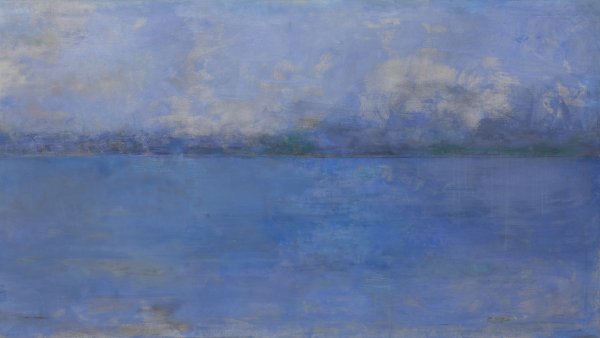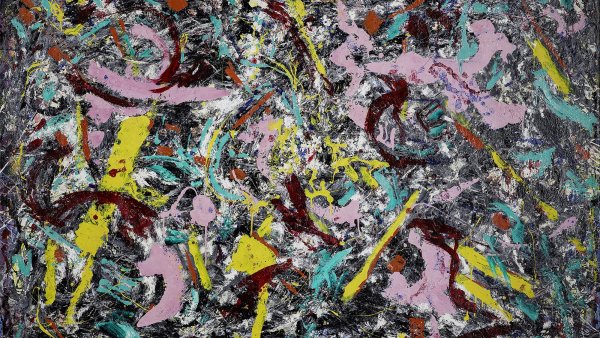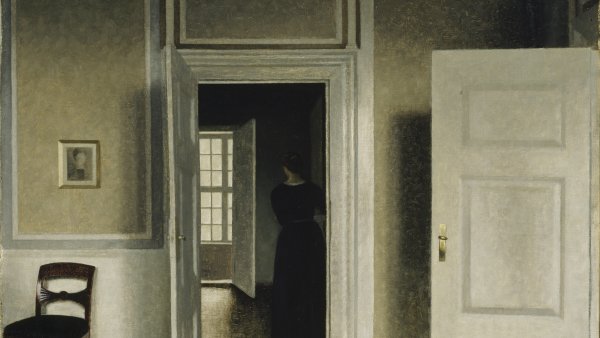The Synchromists
The Museo Nacional Thyssen-Bornemisza is presenting a small-format exhibition devoted to the first American abstract art movement, Synchromism, which means “with colour” as symphony means “with sound”.
The movement was founded by the American artists Morgan Russell (1886-1953) and Stanton Macdonald-Wright (1890-1973) who were living in Paris when they presented their work to the public under this name. At the height of Futurism, Cubism and Simultaneism, Russell and Macdonald-Wright focused on the use of colour to evoke form and space, transforming it into an independent expressive and formal element.
The exhibition presents eight works loaned by the Vilcek Foundation in New York. These studies on paper, oils on canvas and hand-painted posters allow for an appreciation of the emergence and evolution of this artistic experiment, which was most significantly active in the period from 1912 to 1916, an era that saw an increasing quest for synaesthesia in painting. They are accompanied by a selection of paintings from the permanent collection in order to fully present the European context in which this movement emerged.







